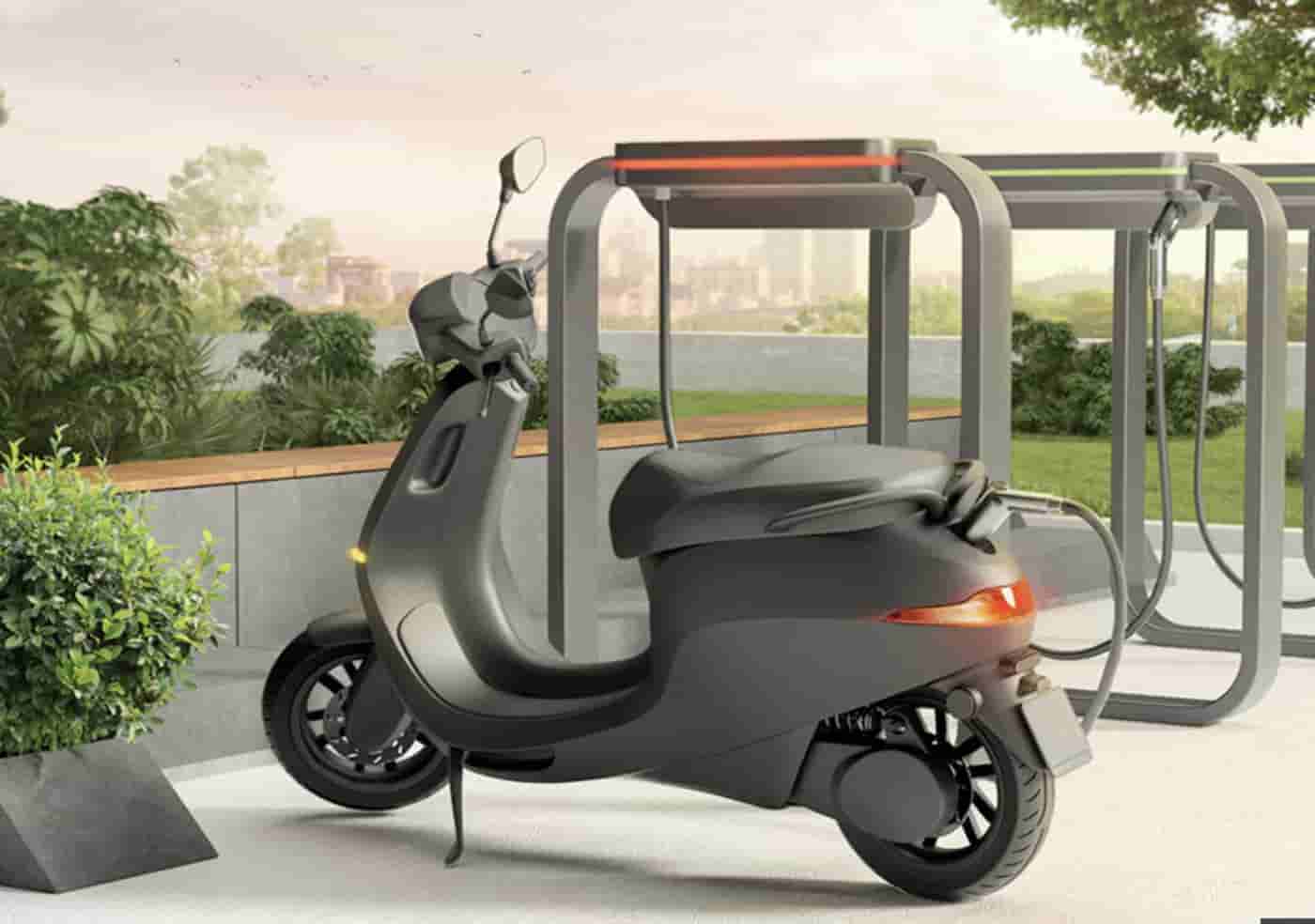Do E-scooters make cities safer?
People across the US, Europe, and Asia are increasingly adopting e-scooters. In fact, according to the NUMO mobility alliance, electric scooters have been introduced in 626 cities across 53 countries since 2018.
However, there has been a rise in accidents involving e-scooters. In Atlanta, Georgia, a young, 34-year-old mother of two was killed while driving a shared e-scooter. There were several reports on this incident, including one by the International Transport Forum on micro-mobility safety. The report stated that changing the street design is a critical strategic tool cities could use to improve safety when riding e-scooters and other light transportation.
But if a large part of the population starts using smart, well-designed e-scoters, it could help cities become safer and more efficient.
More e-scooters, fewer accidents
Shared e-scooter trials conducted in the UK deem e-scooters to be safe. A report from the Royal Society for the Prevention of Accidents (RoSPA) suggests that the incident rate for e-scooters was 0.66 collisions for every million miles driven, which is five times lower than bicycles’ 3.33 collisions per million miles, and nine times lower than motorcycles’ 5.88 collisions per million miles.
Additionally, only 20% of fatal e-scooter accidents involve another vehicle compared to 40% of fatal car accidents. These figures are not surprising given that most e-scooters operate at lower speeds than cars, even in urban areas.
These statistics make it clear that many people adopting e-scooters will gradually make the city safer.
Self-driving e-scooters will reduce the number of pedestrian accidents
Two-wheelers may occupy less physical space than cars, but they also have fewer parking spaces in urban areas. So, riders park their two-wheelers on sidewalks, obstruct ramp access, and put pedestrians in danger.
E-scooter companies have proposed self-driving e-scooter technology as a solution to this. These e-scooters can drive themselves to a charging station or designated parking spot, preventing e-scooters from clogging sidewalks and causing fewer pedestrian accidents.
Smart e-scooter technology will prevent parking in no-parking zones, reducing accidents
Parking e-scooters in no-parking zones like footpaths, bicycle lanes, sidewalks or other public places can cause pedestrian accidents. Swedish micro-mobility manufacturer Voi Technology and the Irish start-up Luna Systems have started integrating e-scooters with computer vision technology, which lets riders know whether they are on the street, a cycle lane, or a footpath. Once the riders know this information, they can alter their routes, leave the sidewalks alone, and park in the appropriate locations. This reduces parking in no-parking zones, congestion, and accidents in dense areas. Also Read: Are E-Scooters Safer than Cycles?
Final thoughts
The e-scooter market will reach $50 billion by 2030. By 2026, the e-scooter sharing segment is expected to reach 104.8 million users worldwide. As e-scooter adoption rises, governments will set up better e-scooter infrastructure. This will reduce the number and the frequency of e-scooter accidents. In the meantime, e-scooter manufacturers will equip e-scooters with better safety tech to make cities safe spaces for riders and pedestrians.

